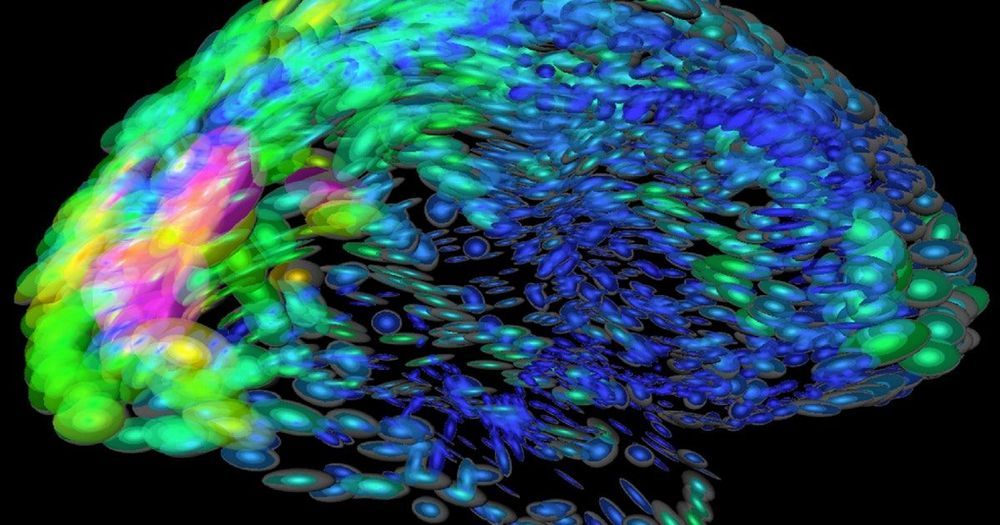Think of it as Material Design for data visualization.
[Image: courtesy Google].


This week: 🚁 A new mission to Saturn’s largest Moon Titan 🚀 Launching new missions & landing astronauts…on the same night!
🎛️ Restoring the glory to the Apollo Mission Control Room.
There are a few of the stories to tell you about on the latest episode of This Week at NASA! Watch:

A new mouse study highlights the proteins responsible for LC3-associated endocytosis (LANDO), an autophagy process that is involved in degrading β-amyloid, the principal substance associated with Alzheimer’s disease.
Proteostasis
Proteins in the human brain can form misfolded, non-functional, and toxic clumps known as aggregates. Preventing these aggregates from forming, and removing them when they do, is a natural function of the human body, and it is known as proteostasis. However, as we age, this function degrades, and loss of proteostasis is one of the hallmarks of aging. The resulting accumulation of aggregates leads to several deadly diseases, one of which is Alzheimer’s.

What’s at the center of the Milky Way galaxy and what would be different if Earth was positioned there?


HUNTERSVILLE, N.C. (WCNC) – A North Carolina couple couldn’t bear to break the bond they had with their furry feline friend. So after 19-year-old Cinnabun passed away, the Bullerdicks decided to clone their kitty.
The cost? A whopping price of $25,000.
The couple found a Texas-based company known for cloning dogs, cats and horses. They bought a kit and with a skin sample and saliva sample… Cinnabun the second was born.

Next stop? Saturn’s moon Titan!
Titan, an analog to the early 🌎, can provide clues to how life may have arisen on our planet. Working with the JHU Applied Physics Laboratory (APL), we’ll send our new mission #Dragonfly to take to the skies in search for the building blocks of life: https://go.nasa.gov/2Nv0Eb0